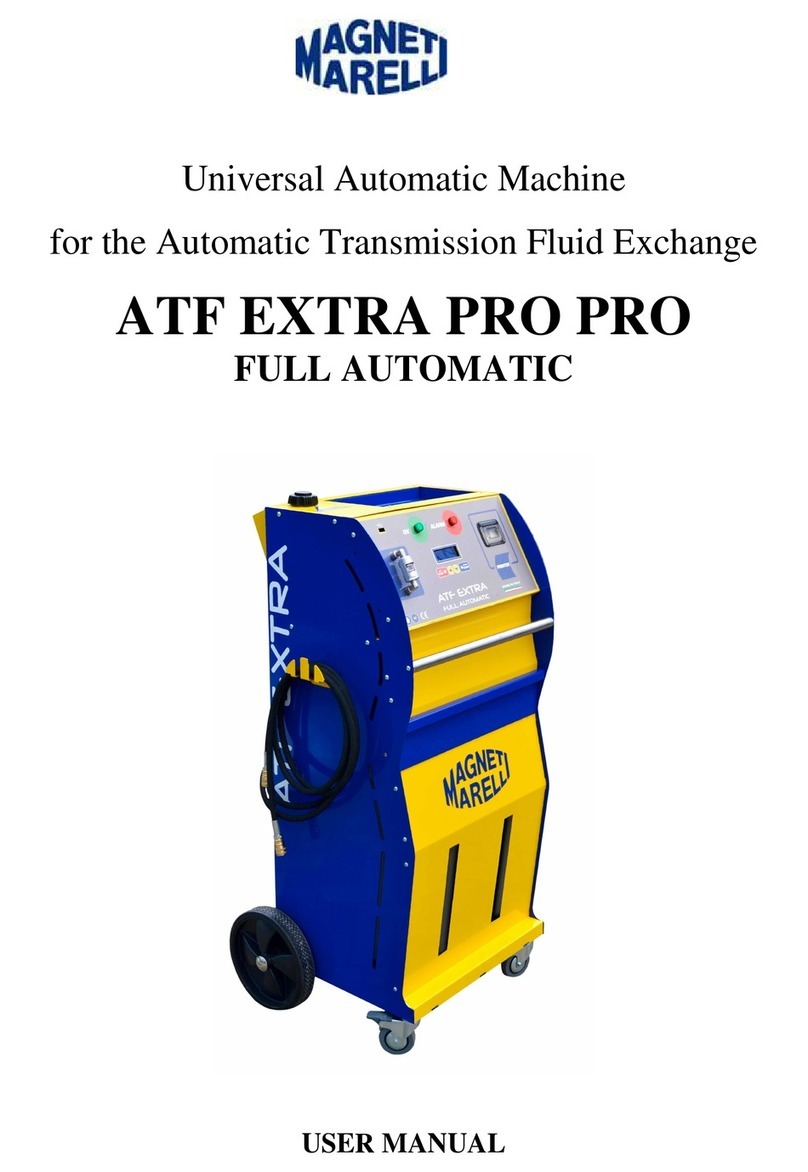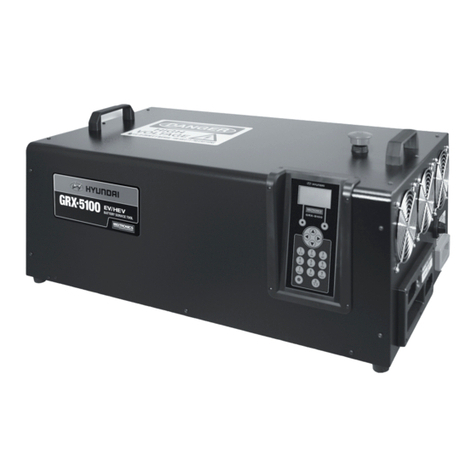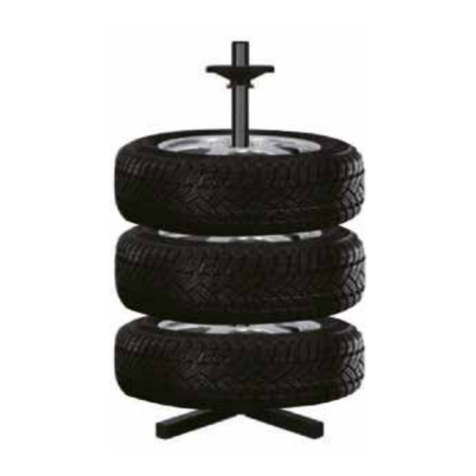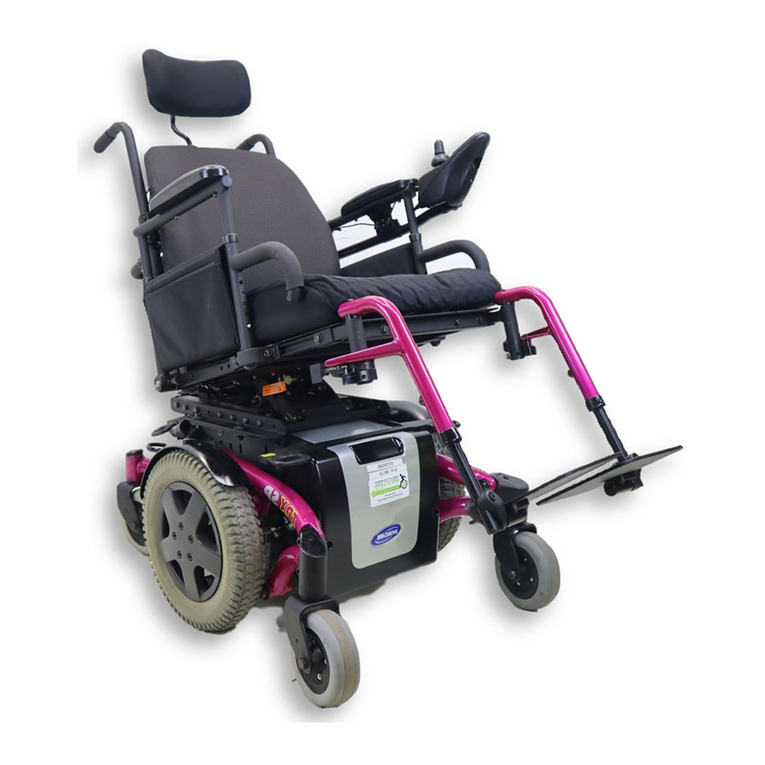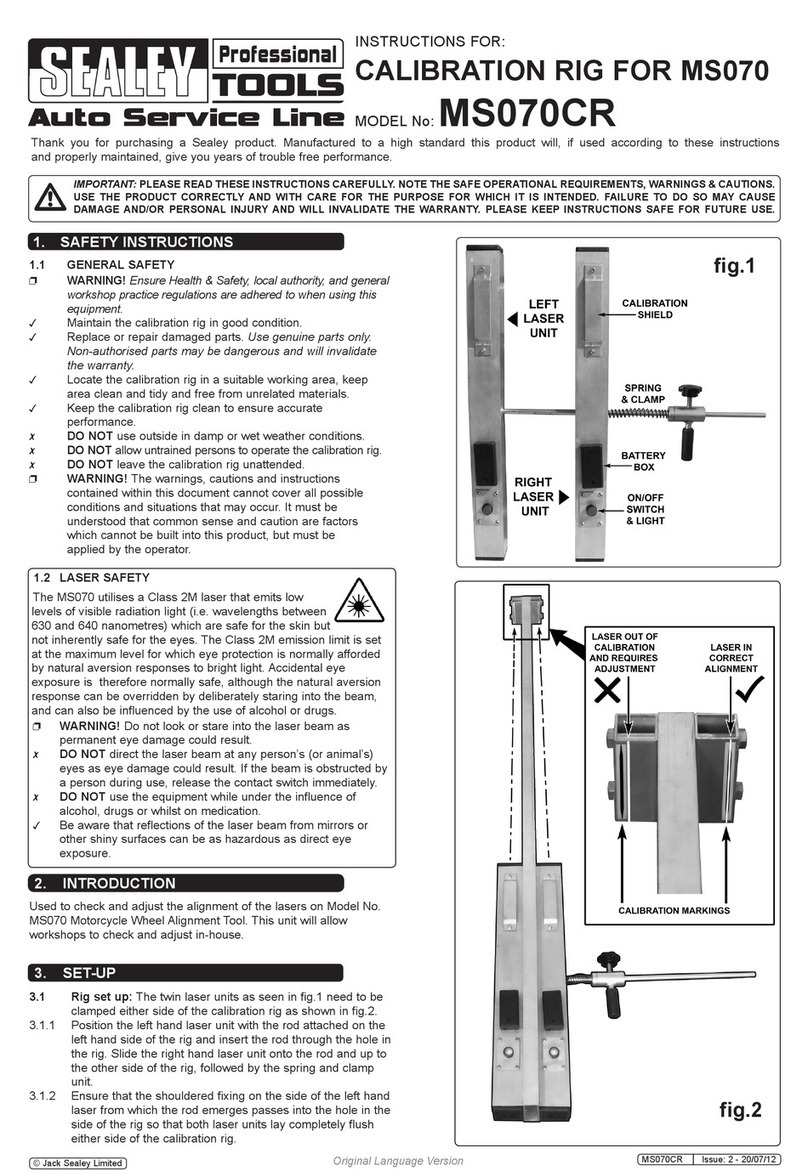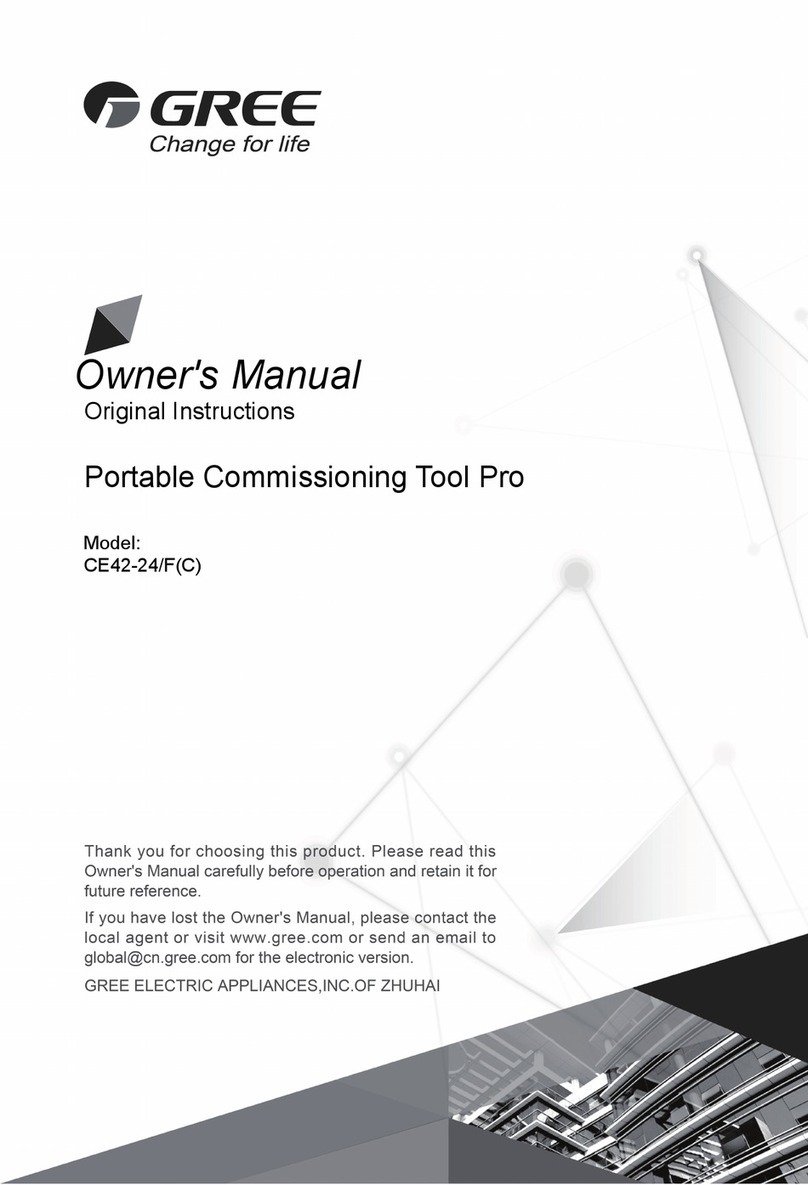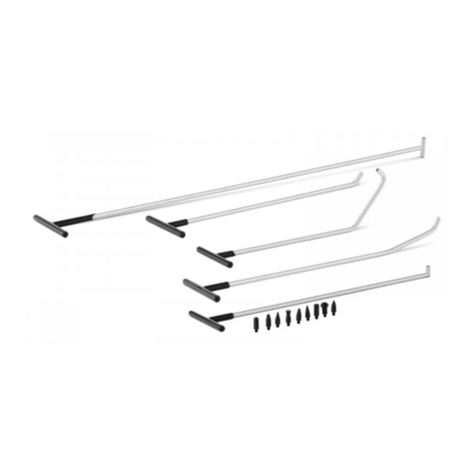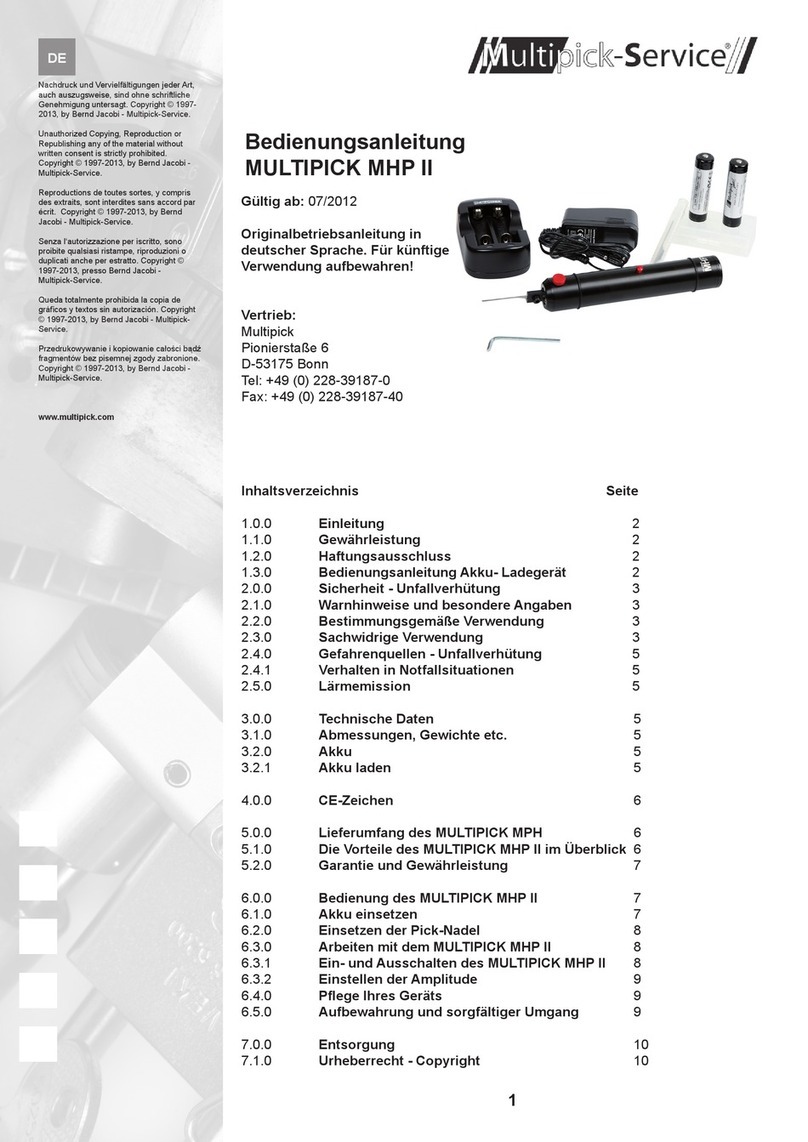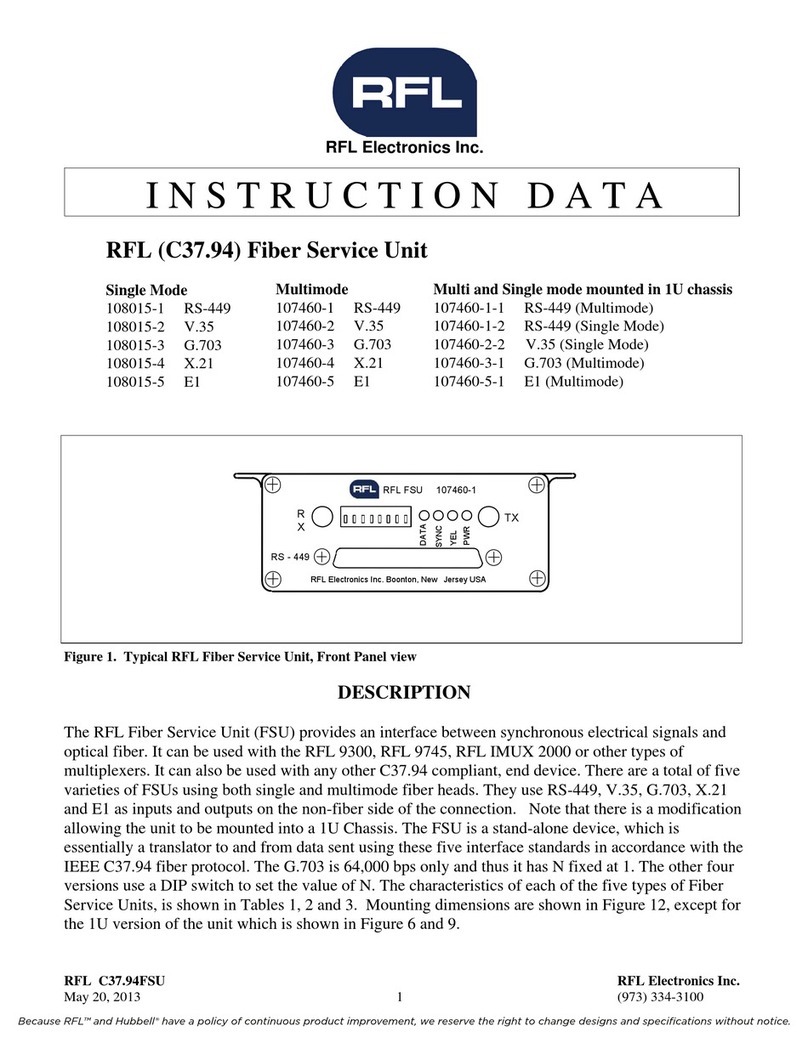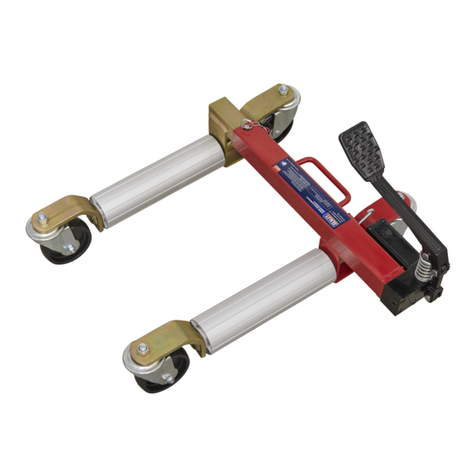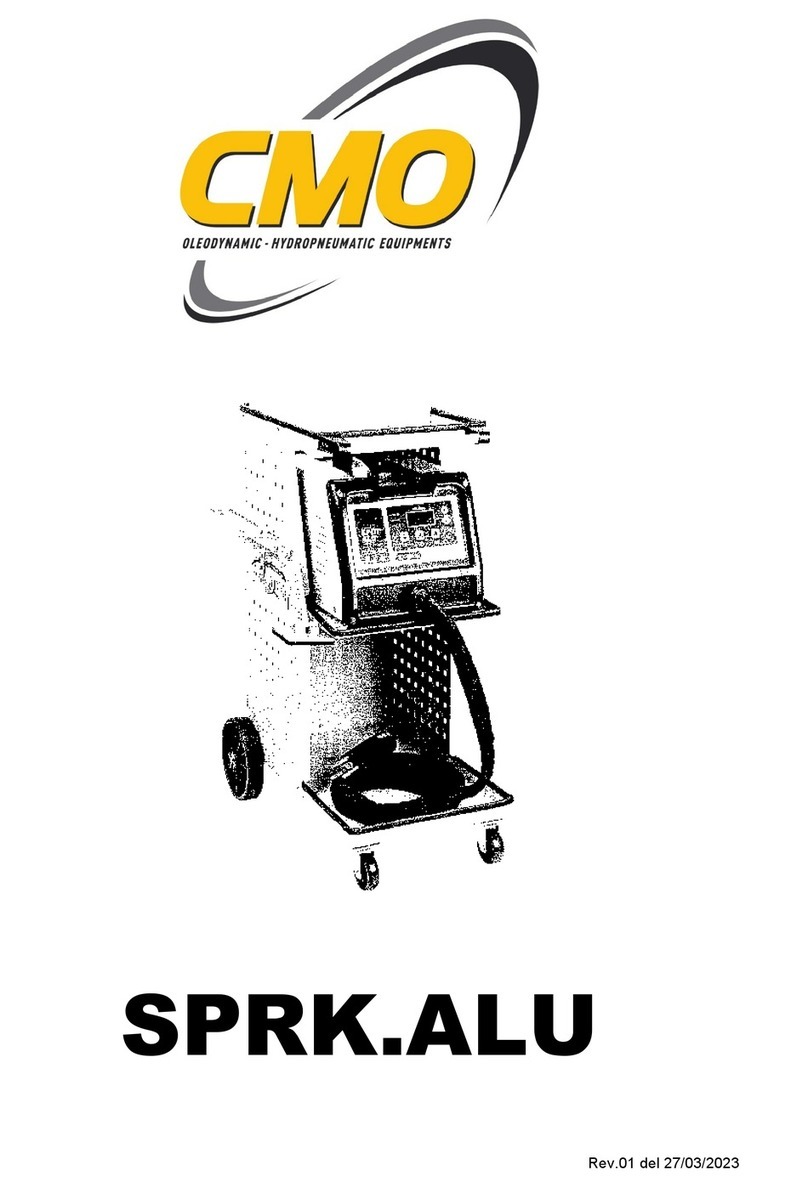
Mustang Dynamometer MD-AWD-150 Page 5
TABLE OF CONTENTS:
SECTION 1 – INTRODUCTION..........................................................................................................................7
1.1WHAT IS ACHASSIS DYNAMOMETER ........................................................................................................7
1.2ABOUT THIS MANUAL................................................................................................................................8
1.3IMPORTANT MESSAGE BOXES ....................................................................................................................9
1.4BEFORE YOU START.................................................................................................................................10
1.5IF YOU NEED HELP ..................................................................................................................................10
SECTION 2 – THE SYSTEM ..............................................................................................................................11
2.1 INTRODUCTION...............................................................................................................................................11
2.2 MAJOR SYSTEM COMPONENTS.......................................................................................................................11
2.2.1 Dynamometer .........................................................................................................................................12
2.2.2a Control and Monitoring System............................................................................................................13
2.2.2b Control and Monitoring System (not attached to Dyne)....................................................................... 14
2.2.3 Software System......................................................................................................................................14
2.3 PRINCIPLES OF OPERATION............................................................................................................................ 14
SECTION 3 – SAFETY FIRST............................................................................................................................15
3.1 INTRODUCTION...............................................................................................................................................15
3.2 GENERAL SAFETY ISSUES...............................................................................................................................16
3.3 OPERATIONAL SAFETY ISSUES .......................................................................................................................17
3.4 MAINTENANCE SAFETY ISSUES ...................................................................................................................... 18
SECTION 4 – INSTALLATION..........................................................................................................................19
4.1 INTRODUCTION...............................................................................................................................................19
4.2 INSPECTION ....................................................................................................................................................19
4.3 TOOLS AND EQUIPMENT NEEDED FOR INSTALLATION ................................................................................... 19
4.4 SHOP LAYOUT AND REQUIREMENTS............................................................................................................... 19
4.4.1 Pit Excavation (Belowground Installation Only) ...................................................................................19
4.4.2 Electrical ................................................................................................................................................20
4.4.3 Pneumatic (air)....................................................................................................................................... 20
4.4.4 Ventilation ..............................................................................................................................................20
4.4.5 Floor Anchors......................................................................................................................................... 20
4.4.6 Clearance ...............................................................................................................................................20
4.5 ABOVE GROUND INSTALLATION .................................................................................................................... 21
4.5.1 Above Ground Installation Procedure.................................................................................................... 21
4.6 BELOW GROUND INSTALLATION ....................................................................................................................27
4.6.1 Below-Ground Installation Procedure ................................................................................................... 27
INSTALLATION ILLUSTRATIONS:........................................................................................................................... 29
4.7 CONTROL INSTALLATION ............................................................................................................................... 29
4.8 PRE-OPERATIONAL INSPECTION......................................................................................................................32
SECTION 5 – OPERATIONAL CHECKOUT..................................................................................................33
5.1 INTRODUCTION...............................................................................................................................................33
5.2 INITIAL START................................................................................................................................................33
SECTION 6 – PREVENTATIVE MAINTENANCE.........................................................................................36
6.1 INTRODUCTION...............................................................................................................................................36
6.2 GENERAL INFORMATION &MAINTENANCE INSPECTION/PROCEDURES.......................................................... 36
6.2.1 Pillow Block Bearings............................................................................................................................36
6.2.2 Gear Toothed Couplings ........................................................................................................................37
6.2.3 Pneumatic Clutch Couplings..................................................................................................................38
6.2.4 P.A.U (Eddy Currents) ...........................................................................................................................39
PREVENTATIVE MAINTENANCE TIME TABLE........................................................................................41
